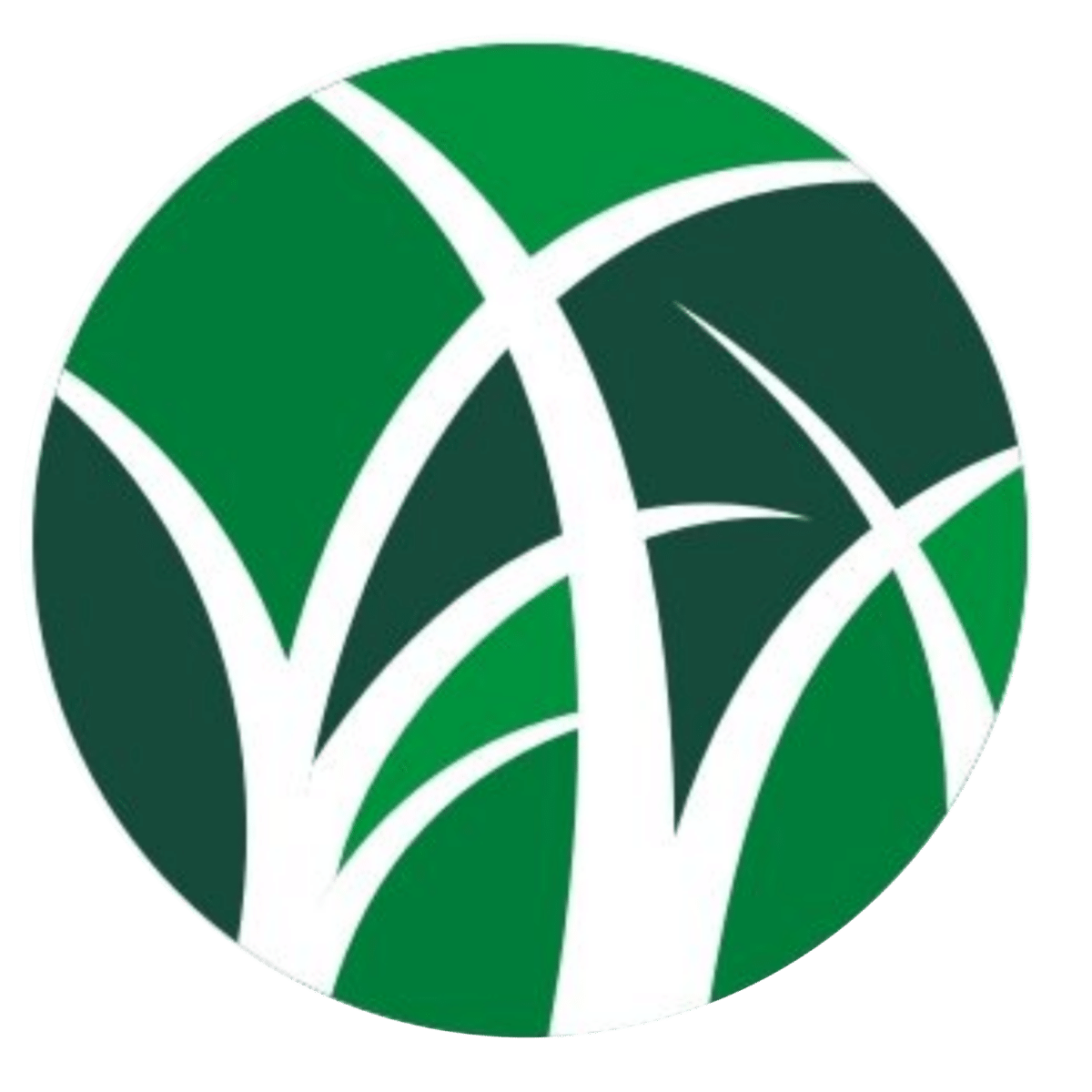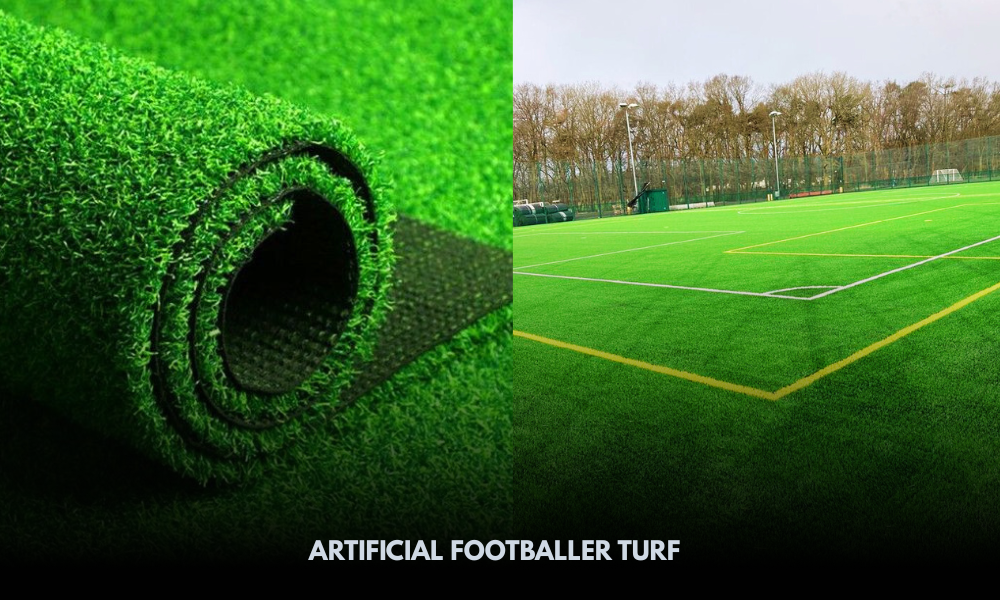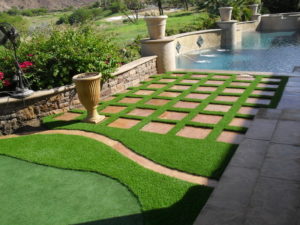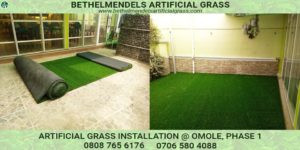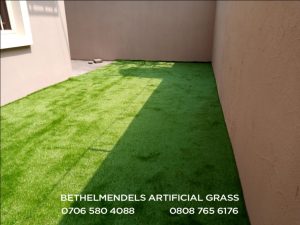Not all turf is created equal. As more clubs, schools, and sports facilities adopt artificial football grass, the demand for high-quality turf that mimics natural grass has never been greater. But what exactly separates premium turf from standard synthetic fields?
In this guide, we break down the defining features of quality artificial football grass—from appearance to playability—so you can make the right choice for your pitch.
The Importance of a Natural Aesthetic
First impressions matter. Top-grade artificial football grass closely replicates the rich tones, slight irregularities, and soft texture of natural turf.
What to look for:
- Multi-toned fibers (light and dark greens) for depth
- Curled thatch layers to mimic undergrowth
- UV-resistant materials to prevent color fading
This realistic finish ensures your field looks pro-level—not plastic—even under close inspection or harsh lighting.

Artificial Football Grass: Superior Performance Underfoot
While appearance is important, performance is what keeps players coming back. High-quality artificial football grass must support fast-paced play, quick pivots, and reliable ball behavior.
Key performance features include:
- Optimal blade density for cushioning and traction
- Consistent ball roll and bounce
- Quick water drainage through perforated backing
This means no puddles, no dead zones, and no unpredictable footing—regardless of the weather.
Advanced Durability for High-Traffic Use
Frequent training and match play can quickly wear down substandard turf. In contrast, quality synthetic grass maintains shape, bounce, and safety even after thousands of hours of use.
Look for:
- Polyethylene or polypropylene yarns for tensile strength
- Reinforced backing for long-term stability
- Abrasion resistance to prevent blade fraying
These materials help preserve both form and function, making the turf ideal for competitive environments.
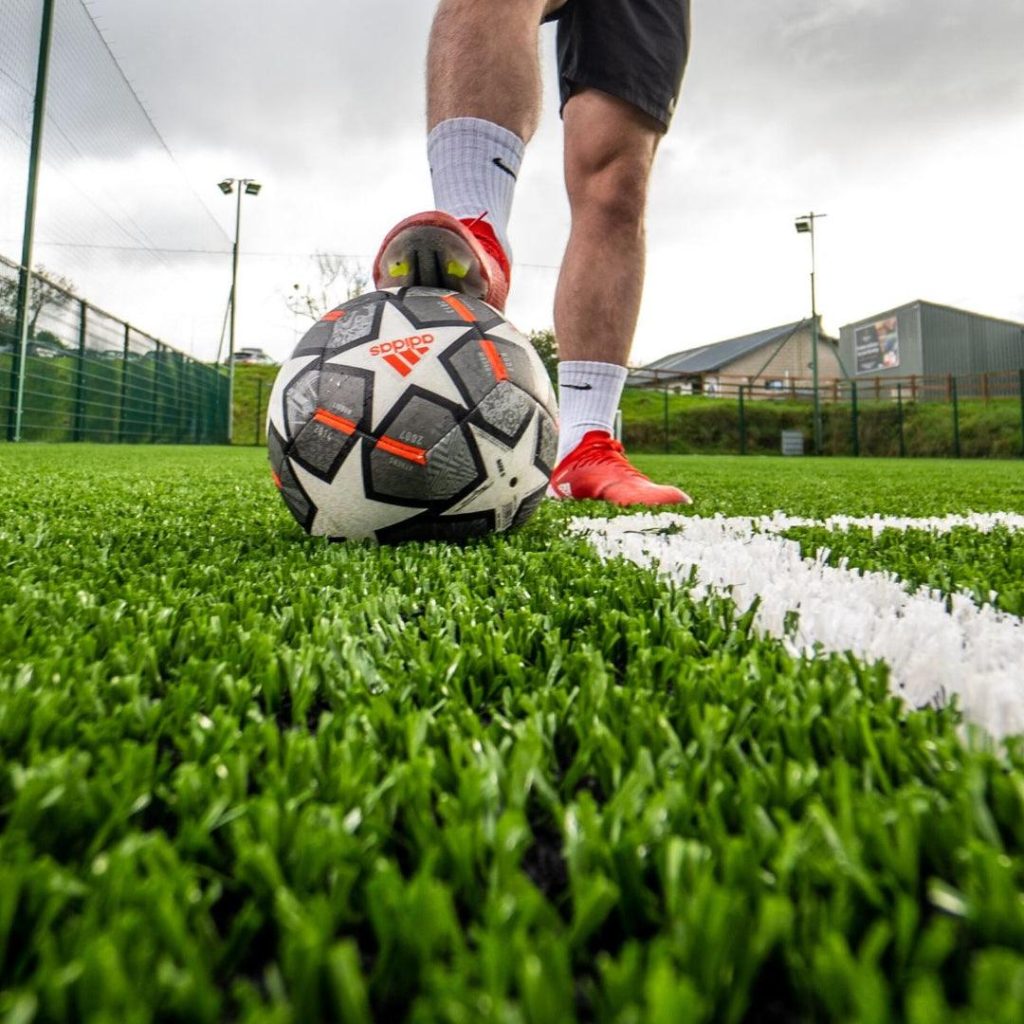
Artificial Football Grass :Shock Absorption and Player Safety
Safety is non-negotiable. Pro-level artificial football grass includes features that minimize impact and reduce injury risks.
Premium turf systems often include:
- Integrated shock pads for joint protection
- Consistent surface cushioning to absorb falls
- Certified infill options (e.g., EPDM rubber or cork) for additional bounce and softness
Together, these components help players perform confidently without worrying about surface-related injuries.
Compliance with Sports Standards
Top-tier pitches aren’t just good-looking—they’re tested and certified. Always choose artificial football grass that meets international sports standards like:
- FIFA Quality or Quality Pro
- World Rugby Regulation 22 (if multi-sport)
- ISO-certified manufacturing and materials
This ensures your pitch offers the quality and reliability expected at every level of the game.
Low Maintenance, Long-Term Value
Quality turf isn’t just easier to maintain—it’s a smarter investment. While initial costs may be higher, premium artificial surfaces often last 8–10 years or more with basic upkeep.
Advantages include:
- Minimal grooming and brushing
- Reduced water usage
- No mowing, fertilizing, or re-seeding
Over time, the savings add up—both in cost and time.
Choosing the right artificial football grass goes beyond just buying turf—it’s about ensuring top-tier performance, aesthetics, and safety for years to come. By focusing on key quality features, you guarantee a field that plays like natural grass and outlasts it in every season.
Want help selecting the right turf for your needs? Reach out today for expert recommendations and installation support.
